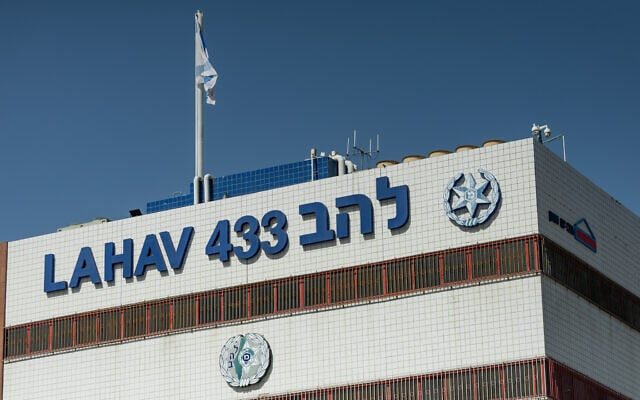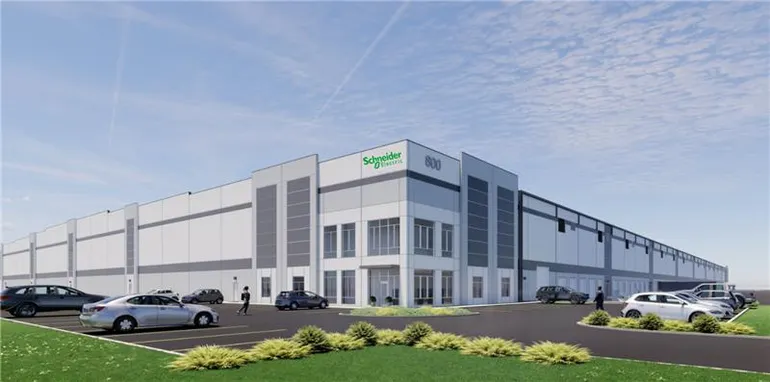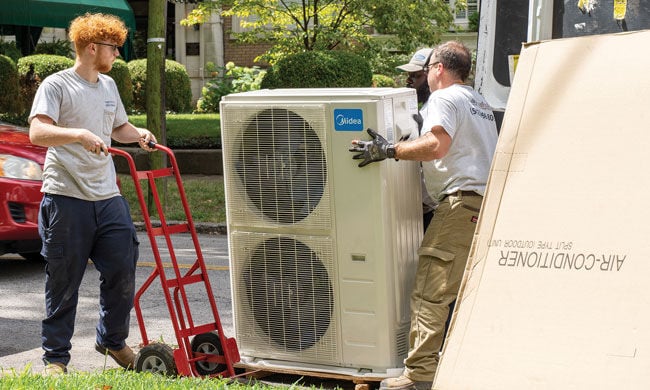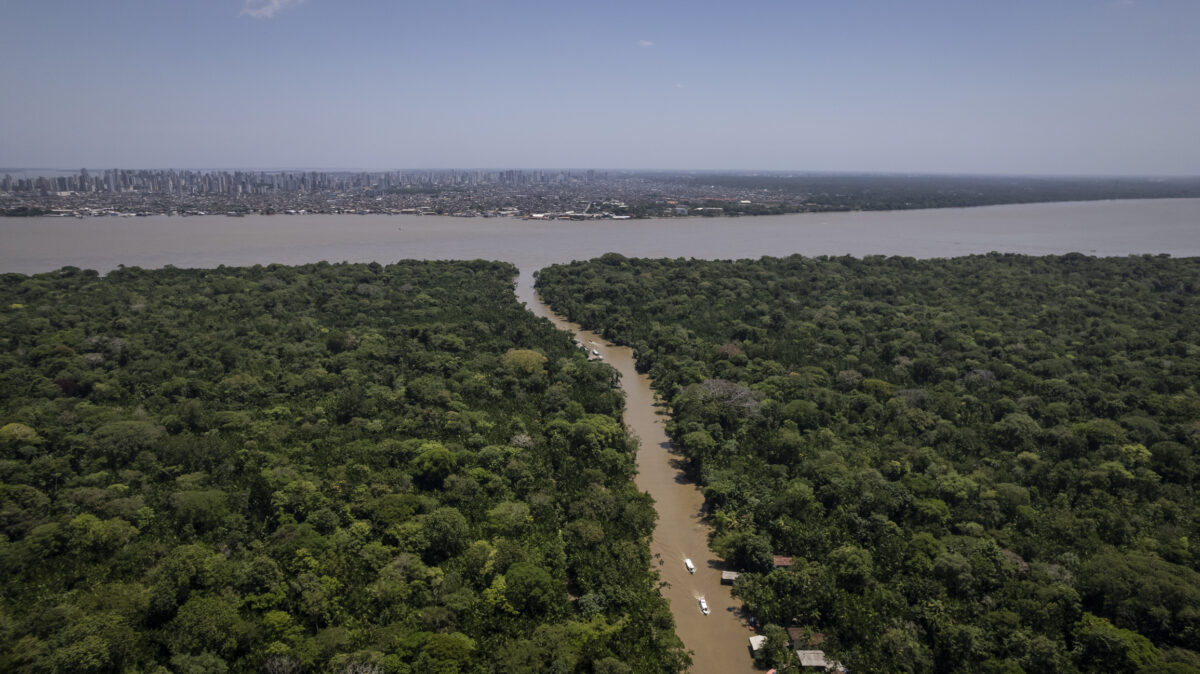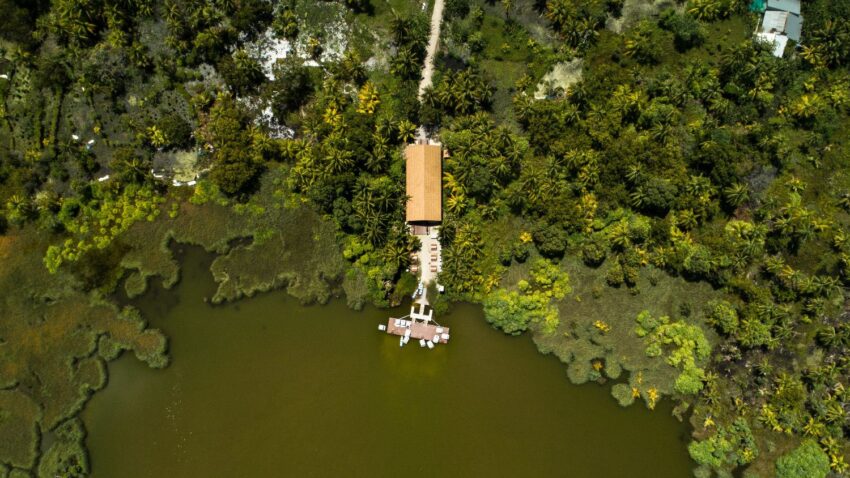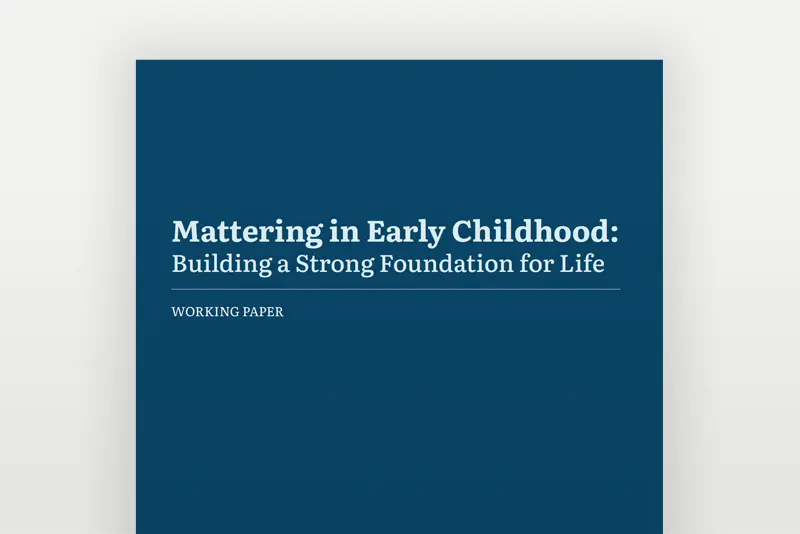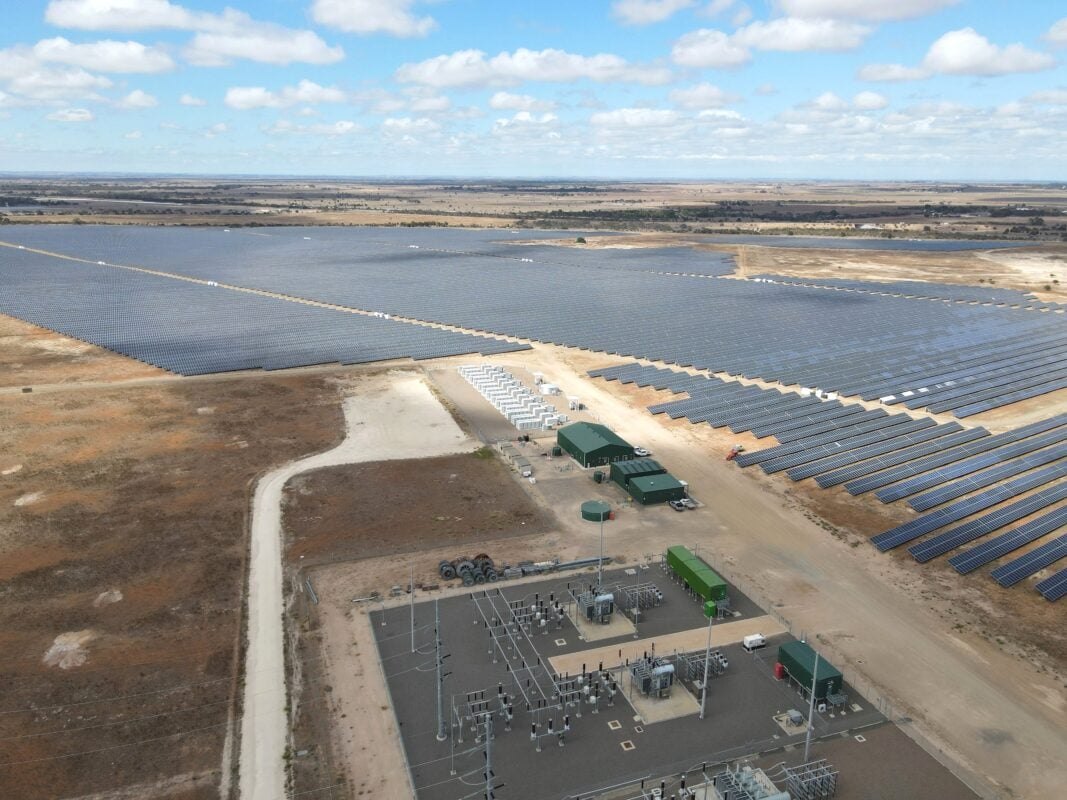Talks Continue on Battery Energy Storage Systems – Santa Cruz Weekly

Report on Community Opposition to Proposed Battery Energy Storage Systems in Santa Cruz County
Executive Summary
A community meeting held on July 17 in Santa Cruz, attended by approximately 150 individuals, highlighted significant local opposition to the proposed development of three Battery Energy Storage Systems (BESS). Citing major health, safety, and environmental concerns, residents and community groups are advocating for a halt to these projects. The debate underscores a critical conflict between the pursuit of renewable energy infrastructure, aligned with Sustainable Development Goal 7 (Affordable and Clean Energy), and the protection of local community well-being, as mandated by SDG 3 (Good Health and Well-being) and SDG 11 (Sustainable Cities and Communities).
Project Details and Siting Concerns
Proposed BESS Locations
The three sites under consideration for BESS development are:
- 90 Minto Road, Watsonville (Green Valley Substation)
- A site in Santa Cruz, located behind Dominican Hospital
- A site in Aptos, near the Aptos High School campus
The Minto Road proposal is particularly notable for its scale, encompassing 14 to 16 acres intended to house up to 300 shipping container-sized battery units.
Community Concerns and Relation to SDGs
Resident opposition is rooted in a series of concerns that directly intersect with several Sustainable Development Goals.
- Health and Safety Risks (SDG 3): The primary driver of opposition is the fear of catastrophic fires and the release of hazardous materials. This concern is informed by a fire at the Vistra BESS facility in Moss Landing, which reportedly released toxic gases from an estimated 5,000 tons of cobalt, nickel, lithium, and manganese. Residents fear a recurrence could jeopardize public health, directly contravening the objectives of SDG 3.
- Environmental Justice and Community Safety (SDG 11): Organizers from Greenaction for Health and Environmental Justice highlighted the disproportionate placement of hazardous industrial facilities in low-income communities. The proximity of the proposed sites to a hospital, a high school, and residential areas raises questions about adherence to SDG 11, which calls for safe, resilient, and sustainable human settlements.
- Economic and Environmental Impact (SDG 11 & SDG 15): Residents expressed concerns over potential negative impacts on property values and the availability of homeowners’ insurance. Furthermore, the Minto Road site would require the removal of 100-year-old apple trees, conflicting with SDG 15 (Life on Land), which aims to protect terrestrial ecosystems.
The Broader Context of Sustainable Development
The Energy Transition Dilemma (SDG 7 & SDG 13)
The proposed BESS projects are intended to support the regional energy grid and facilitate the transition to renewable energy sources, a core tenet of SDG 7 (Affordable and Clean Energy) and SDG 13 (Climate Action). Central Coast Community Energy (3CE), a local agency governed by representatives from the communities it serves, is a key player in this transition and has previously approved a similar BESS facility in Monterey County. However, the community’s mobilization against the Santa Cruz County proposals illustrates a significant challenge: balancing large-scale climate action initiatives with local-level health, safety, and environmental protections.
Responsible Production and Institutional Governance (SDG 12 & SDG 16)
The Moss Landing fire has raised critical questions regarding SDG 12 (Responsible Consumption and Production), particularly concerning the safe management of hazardous materials throughout the lifecycle of BESS technology. Community groups like Never Again Moss Landing (NAML) are demanding greater accountability and transparency. Their efforts to organize meetings and urge residents to engage with the 3CE board reflect an active pursuit of SDG 16 (Peace, Justice, and Strong Institutions), which emphasizes responsive, inclusive, and representative decision-making at all levels.
Expert Analysis on BESS Fire Safety
Findings from Fire Suppression Experts
A presentation by retired Los Angeles Battalion Chief Ron Cabrera outlined critical safety vulnerabilities associated with BESS facilities, reinforcing the community’s concerns regarding SDG 3 and SDG 11. Key points included:
- The high probability of fire spreading between units or throughout an entire facility.
- The hazardous and toxic nature of smoke from burning lithium-ion batteries.
- The increased danger profile of storage batteries as they age.
- The vital importance of conducting large-scale fire testing before deployment.
These findings, coupled with reports that firefighters lacked adequate training and equipment for the Moss Landing incident, underscore the perceived gap in safety protocols for this technology.
1. Which SDGs are addressed or connected to the issues highlighted in the article?
SDG 3: Good Health and Well-being
- The article extensively discusses the community’s concerns about the health risks associated with Battery Energy Storage Systems (BESS). The primary fear is the emission of hazardous gases and toxins from potential fires, as exemplified by the Moss Landing incident. The group Never Again Moss Landing (NAML) explicitly states that these systems are being pursued “at the expense of human health,” and that the fire emitted hazardous materials like cobalt, nickel, lithium, and manganese, which were inhaled by residents.
SDG 7: Affordable and Clean Energy
- The article connects the BESS projects to Central Coast Community Energy (3CE), an agency that provides “clean and renewable electricity.” BESS are a critical technology for stabilizing the power grid and enabling a greater share of intermittent renewable energy sources. This creates a direct link to the goal of transitioning to cleaner energy systems, even as the community questions the safety of this specific technology.
SDG 11: Sustainable Cities and Communities
- The core of the article is about community action regarding urban and suburban planning. Residents are organizing against the placement of large industrial facilities near residential areas, a hospital, and a high school. Concerns about safety (fire risk, inadequate emergency response), environmental justice (unequal exposure to pollution), and quality of life (impact on property values) are central themes, all of which fall under the goal of creating safe, resilient, and sustainable communities.
SDG 12: Responsible Consumption and Production
- The article highlights the issue of managing hazardous materials. The batteries contain “cobalt, nickel, lithium and manganese,” and the Moss Landing fire resulted in a massive, uncontrolled release of these toxins. This points directly to the need for environmentally sound management of chemicals and wastes throughout their lifecycle to prevent harm to human health and the environment.
SDG 15: Life on Land
- The proposed Minto Road site is described as a “beautiful agricultural area with existing 100-year-old apple trees that will be taken out.” This planned destruction of agricultural land and established trees for industrial development connects to the goal of protecting terrestrial ecosystems and halting biodiversity loss.
2. What specific targets under those SDGs can be identified based on the article’s content?
-
SDG 3: Good Health and Well-being
- Target 3.9: “By 2030, substantially reduce the number of deaths and illnesses from hazardous chemicals and air, water and soil pollution and contamination.” The community’s protest is driven by the fear of illness resulting from the release of hazardous chemicals (cobalt, nickel, lithium) and toxic smoke during a BESS fire, as reportedly happened in Moss Landing.
-
SDG 7: Affordable and Clean Energy
- Target 7.2: “By 2030, increase substantially the share of renewable energy in the global energy mix.” The article mentions that the BESS projects are linked to 3CE, a provider of “clean and renewable electricity.” BESS technology is essential for supporting and increasing the use of renewable energy, thereby directly contributing to this target.
-
SDG 11: Sustainable Cities and Communities
- Target 11.6: “By 2030, reduce the adverse per capita environmental impact of cities, including by paying special attention to air quality…” The concern about a toxic plume spreading over thousands of acres and being inhaled by residents is a direct call to address the adverse environmental and health impacts of industrial installations on urban and suburban air quality.
- Target 11.b: “By 2030, substantially increase the number of cities and human settlements adopting and implementing integrated policies and plans towards… disaster risk reduction and management…” The article highlights a major gap in disaster preparedness, noting that “firefighters did not have proper training and equipment to combat the fire.” The community’s demand for better safety protocols and fire suppression plans for BESS facilities aligns with this target.
-
SDG 12: Responsible Consumption and Production
- Target 12.4: “By 2020, achieve the environmentally sound management of chemicals and all wastes throughout their life cycle…and significantly reduce their release to air, water and soil in order to minimize their adverse impacts on human health and the environment.” The Moss Landing fire, which released toxins from 5,000 tons of battery materials, is a clear example of a failure in the environmentally sound management of chemicals, leading to the exact adverse impacts this target aims to prevent.
-
SDG 15: Life on Land
- Target 15.1: “By 2020, ensure the conservation, restoration and sustainable use of terrestrial and inland freshwater ecosystems…” The plan to remove “100-year-old apple trees” to build the Minto Road facility represents a direct loss of a terrestrial ecosystem and its established flora, running contrary to the principle of conservation.
3. Are there any indicators mentioned or implied in the article that can be used to measure progress towards the identified targets?
-
SDG 3: Good Health and Well-being
- Implied Indicator for Target 3.9: The article implies the need for indicators such as the “number of incidents of uncontrolled release of hazardous chemicals” and the “measured levels of airborne toxins (cobalt, nickel, lithium, manganese)” following such incidents. The community’s concern about being “inhaled by tens of thousands of residents” suggests tracking the number of people exposed to hazardous air pollution events.
-
SDG 7: Affordable and Clean Energy
- Implied Indicator for Target 7.2: The article mentions the size of one proposed facility (“14 to 16 acres in size and would house as many as 300 battery storage units”). This suggests that the “installed capacity of battery energy storage (in MW or MWh)” and the “number of BESS facilities” can serve as indicators for progress in building the infrastructure needed for a renewable energy grid.
-
SDG 11: Sustainable Cities and Communities
- Implied Indicator for Target 11.6: The concern over the “plume that spread over thousands of acres” implies the relevance of “monitoring air quality for specific pollutants” like those from lithium-ion battery fires. This goes beyond standard particulate matter to include specific hazardous chemicals.
- Implied Indicator for Target 11.b: The statement that “firefighters did not have proper training and equipment” implies an indicator such as the “percentage of fire departments in areas with BESS facilities that have specific training and equipment for lithium-ion fires” or the “existence of updated disaster response plans for BESS incidents.”
-
SDG 12: Responsible Consumption and Production
- Implied Indicator for Target 12.4: The article specifies “5,000 tons of cobalt, nickel, lithium and manganese” were involved in the fire. This points to an indicator measuring the “volume of hazardous materials released into the environment from industrial accidents,” which would directly track failures in environmentally sound management.
-
SDG 15: Life on Land
- Implied Indicator for Target 15.1: The article specifies the Minto Road site is “14 to 16 acres” and that “100-year-old apple trees” will be removed. This suggests an indicator like the “area of agricultural or green land converted to industrial use,” which can be used to measure the loss of terrestrial ecosystems.
4. Table of SDGs, Targets, and Indicators
| SDGs | Targets | Indicators (Mentioned or Implied) |
|---|---|---|
| SDG 3: Good Health and Well-being | 3.9: Substantially reduce deaths and illnesses from hazardous chemicals and pollution. | Number of people exposed to hazardous air pollution from industrial fires; Measured levels of airborne toxins (cobalt, nickel, lithium) after incidents. |
| SDG 7: Affordable and Clean Energy | 7.2: Increase substantially the share of renewable energy. | Installed capacity and number of Battery Energy Storage Systems (e.g., 300 units on 14-16 acres). |
| SDG 11: Sustainable Cities and Communities | 11.6: Reduce the adverse per capita environmental impact of cities, paying attention to air quality.
11.b: Increase adoption of plans for disaster risk reduction. |
Monitoring of air quality for specific toxins from battery fires.
Percentage of local fire departments with specialized training and equipment for BESS fires. |
| SDG 12: Responsible Consumption and Production | 12.4: Achieve environmentally sound management of chemicals and wastes to minimize their release. | Volume of hazardous materials released in industrial accidents (e.g., from 5,000 tons of battery materials). |
| SDG 15: Life on Land | 15.1: Ensure the conservation and sustainable use of terrestrial ecosystems. | Area of agricultural land converted to industrial use (e.g., 14-16 acres of land with 100-year-old trees). |
Source: goodtimes.sc

What is Your Reaction?
 Like
0
Like
0
 Dislike
0
Dislike
0
 Love
0
Love
0
 Funny
0
Funny
0
 Angry
0
Angry
0
 Sad
0
Sad
0
 Wow
0
Wow
0


















